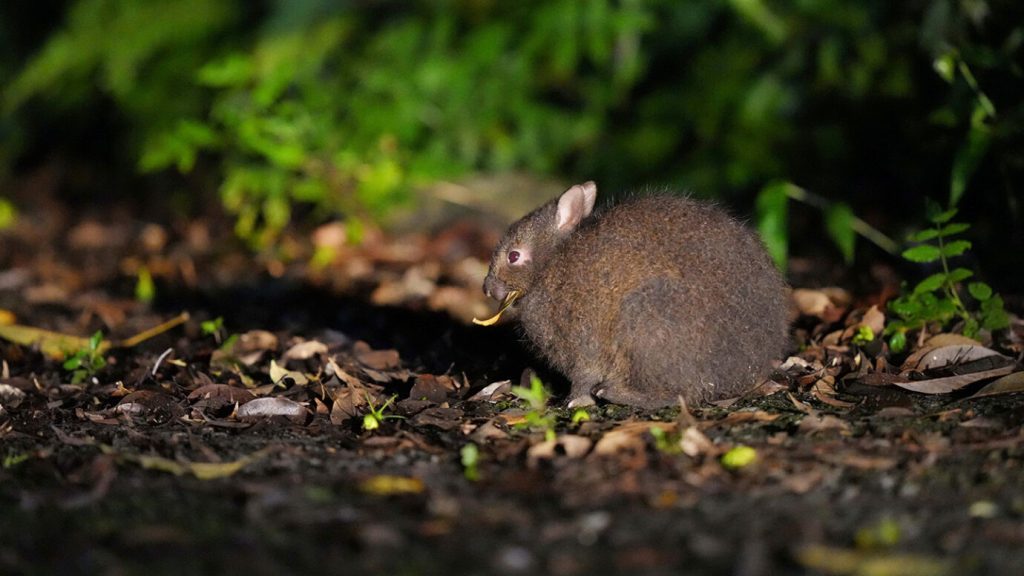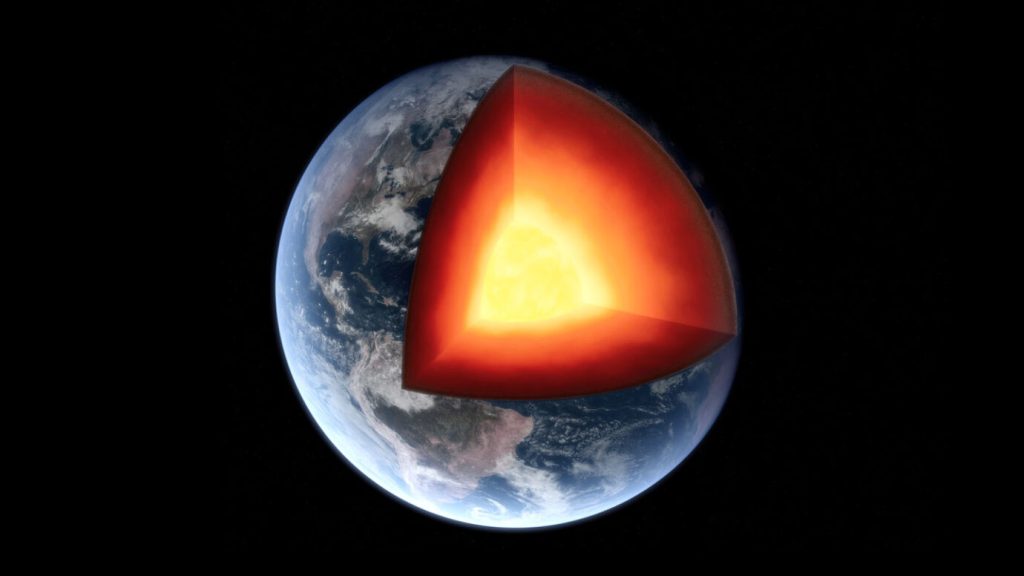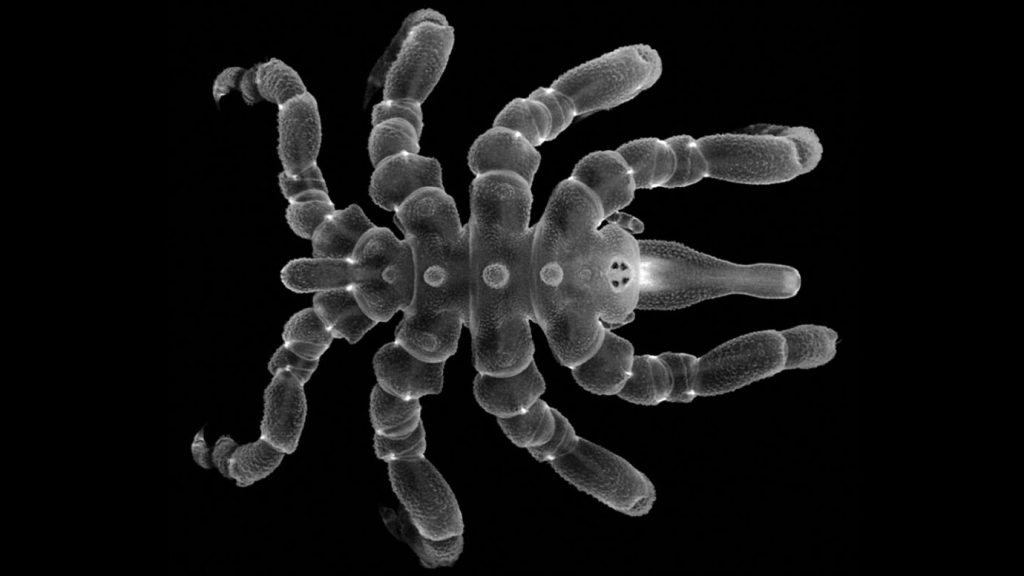A rare rabbit plays an important ecological role by spreading seeds

A crucial link in the life cycle of one parasitic plant may be found in a surprising place — the bellies of the descendants of an ancient line of rabbits.
Given their propensity for nibbling on gardens and darting across suburban lawns, it can be easy to forget that rabbits are wild animals. But a living reminder of their wildness can be found on two of Japan’s Ryukyu Islands, if you have the patience to look for it: the endangered Amami rabbit, a “living fossil” that looks strikingly similar to ancient Asian rabbits.
One estimate suggests there are fewer than 5,000 of the animals left in the wild. The lives of Amamis (Pentalagus furnessi) are shrouded in mystery due to their rarity, but they seem to play a surprising ecological role as seed dispersers, researchers report January 23 in Ecology.
Seed dispersal is the main point in a plant’s life cycle when it can move to a new location (SN: 11/14/22). So dispersal is crucially important for understanding how plant populations are maintained and how species will respond to climate change, says Haldre Rogers, a biologist at Virginia Tech in Blacksburg, who was not involved with the study. Despite this, seed dispersal hasn’t received much attention, she says. “We don’t know what disperses the seeds of most plants in the world.”
Locals from the Ryukyu Islands were the first to notice that the “iconic yet endangered” Amami rabbit was nibbling on the fruit of another local species, the plant Balanophora yuwanensis, says Kenji Suetsugu, a biologist at Kobe University in Japan.
Rabbits generally like to eat vegetative tissue from plants, like leaves and stems, and so haven’t been thought to contribute much to spreading seeds, which are often housed in fleshy fruits.
To confirm what the locals reported, Suetsugu and graduate student Hiromu Hashiwaki set up camera traps around the island to catch the rabbits in the act. The researchers were able to record rabbits munching on Balanophora fruits 11 times, but still needed to check whether the seeds survived their trip through the bunny tummies.
So the team headed out to the subtropical islands and scooped up rabbit poop, finding Balanophora seeds inside that could still be grown. By swallowing the seeds and pooping them out elsewhere, the Amami rabbits were clearly acting as seed dispersers.
Balanophora plants are parasitic and don’t have chlorophyll, so they can’t use photosynthesis to make food of their own (SN: 3/2/17). Instead, they suck energy away from a host plant. This means where their seeds end up matters, and the Amami rabbits “may facilitate the placement of seeds near the roots of a compatible host” by pooping in underground burrows, Suetsugu says. “Thus, the rabbits likely provide a crucial link between Balanophora and its hosts” that remains to be further explored, he says.
Understanding the ecology of an endangered species like the Amami rabbit can help with conserving both it and the plants that depend on it.
An animal need not be in obvious peril for a change in its number to affect seed dispersal, with potentially negative consequences for the ecosystem. For example, “we think of robins as super common … but they’ve declined a lot in the last 50 years,” Rogers says. “Half as many robins means half as many seeds are getting moved around, even though no one’s worried about robins as a conservation issue.”

